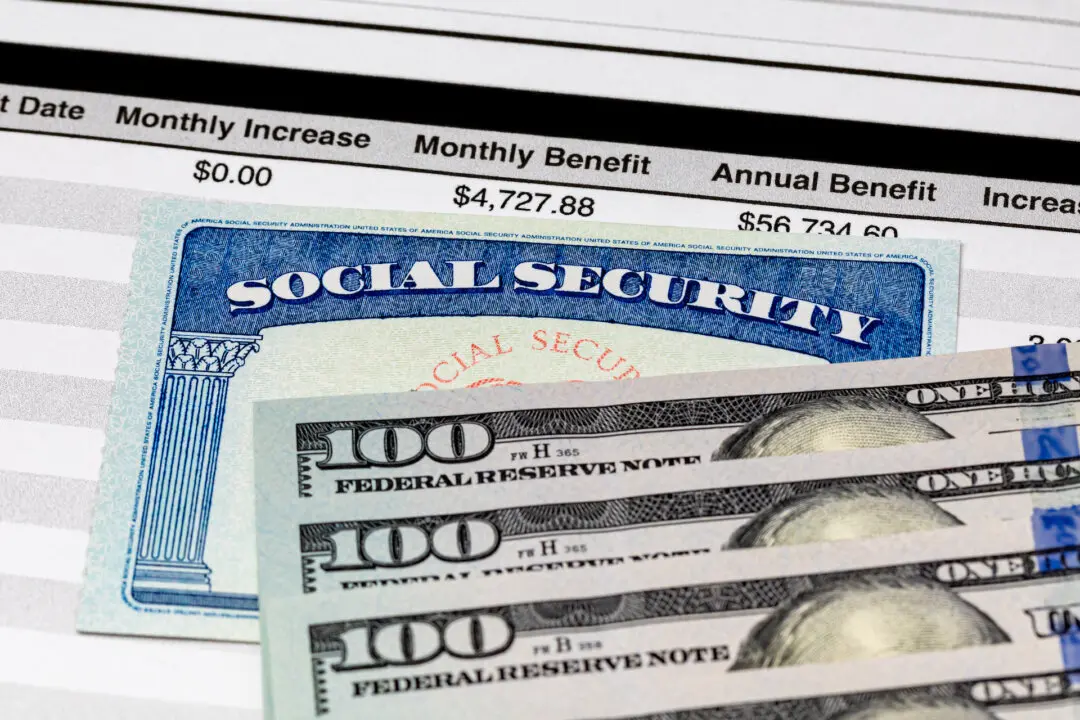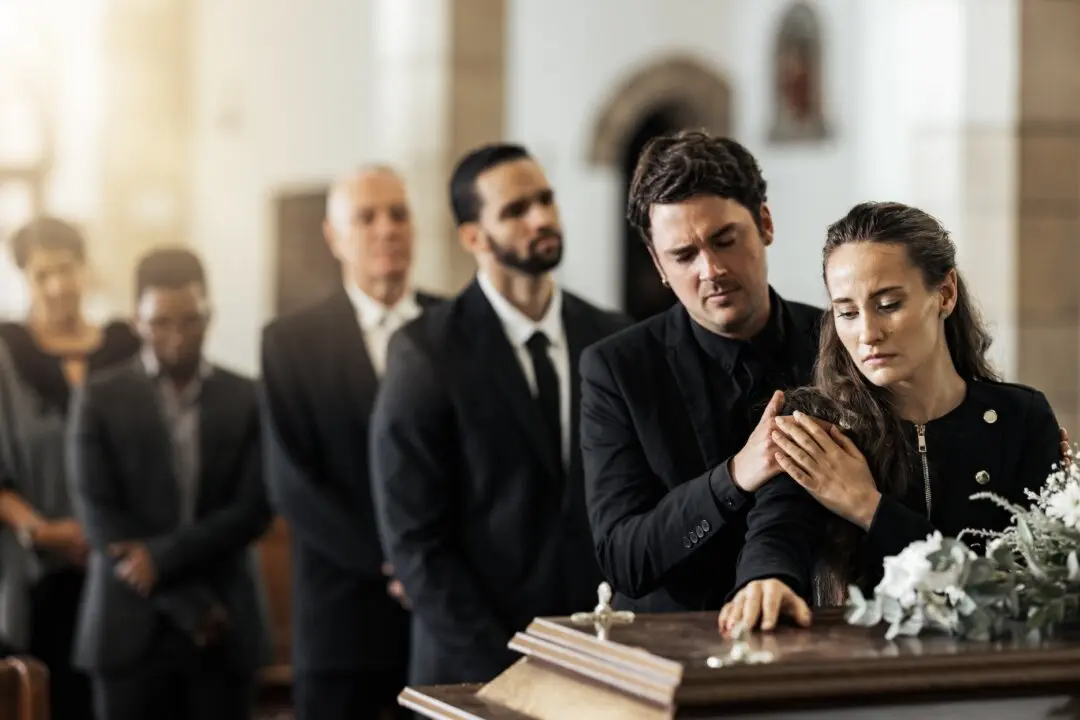About a month ago, I wrote a column explaining what family members need to do when a loved one who was getting Social Security benefits dies. I primarily discussed what might need to be done about returning the last Social Security check (depending on the timing of the death). I also used that column to help a surviving spouse know what possible widow’s (or widower’s) benefits might be due and how to apply for them.
And I only briefly mentioned the $255 “death benefit” that is sometimes payable. I guess that was a mistake because I got lots of follow-up emails asking me about that most miserly of all Social Security benefits. It has an interesting history.






